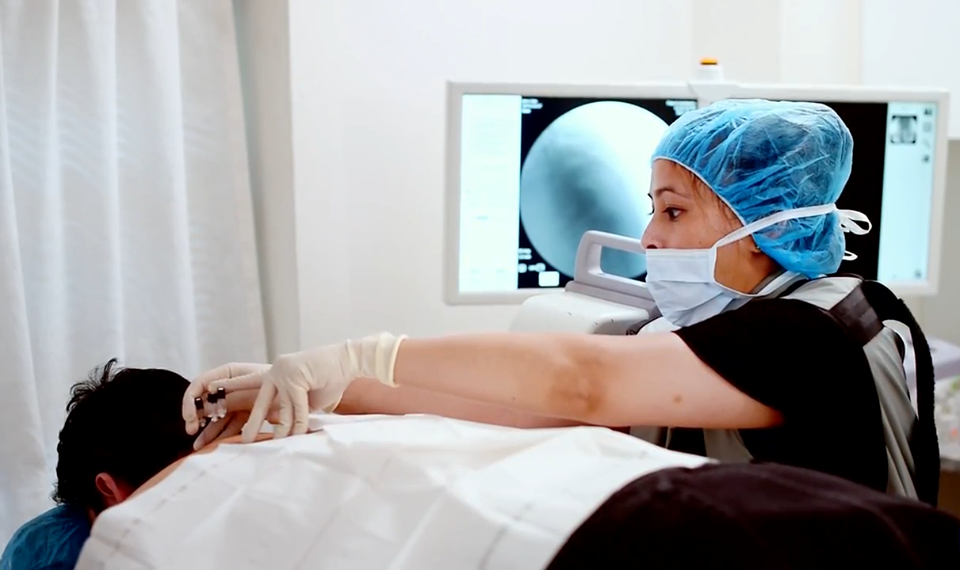-
What are Tendinitis and its diagnosis and treatment
A most common question asked by many people is What Is Tendinitis. Tendinitis is swelling of a tendon, the tough arrangement that link muscle to bone. It often develops into a chronic condition that has a high recurrence rate and causes pain and increased sensitivity around the joints.

Causes
The Tendinitis Causes are it arises as a consequence of muscle overload or injury. However, it can also occur due to the development of another pathology or due to age since, with aging, the tendons lose elasticity, and their degeneration can occur.
Among the most common areas are the shoulders, heels, elbows, and wrists.
They generally occur in young adults as a result of repetitive effort (often performed in poor posture) or due to overloading in some areas of the body. In recent years, its prevalence has increased due to more exertional sports activities. This causes some muscles to become stronger than others and tendons to weaken. This pathology is also very frequent in certain jobs in which repetitive and forceful movements are used. There are different kinds of Tendinitis, one of them is the Tendinitis Of Knee.
Symptom
The main manifestations of this pathology are:
Pain and tenderness in the mobilization of the tendon. These symptoms are exacerbated in the areas near the joints.
Intensification and increase of discomfort and pain with movement or the performance of some activity
Pain during the night.
Diagnosis
The diagnosis is made through a physical examination in which the affected area is located guided by pain, swelling, and heat on the skin that covers the sensitive area. Radiological tests are not necessary, and they are only performed to rule out other pathologies.
Treatments
Tendinitis treatment aims to reduce and relieve pain and inflammation in the affected area. To achieve this, the main recommendation that specialists offer is rest to relax the affected tendon and help it recover. If the Tendinitis is severe, the doctor can sometimes immobilize the area to ensure that the rest is done. They also usually alleviate symptoms by applying cold (immediately after exercising) or heat (48 hours later) on the affected area.
On many occasions, specialists advise combining rest with pharmacological treatment, mainly with non-steroidal anti-inflammatory drugs, also known as NSAIDs. The most widely used is acetylsalicylic acid and ibuprofen. In more severe cases, specialists administer corticosteroid injections.
Physical therapy is also often recommended to strengthen the area, ensure that the tendon recovers, and prevent future injury of Tendinitis Of Wrist. Likewise, in the initial phases of the injury, the practice of eccentric exercises is recommended in which, according to the expert in sports medicine, "at the same time the muscle is tightened, instead of shortening the tendon, what is done is lengthen it.”
When rest, medications, and physical therapy do not work, it may be necessary to move to invasive therapies, including ultrasound-guided electrolysis and infiltration into the tendon platelet-rich plasma.
If the patient follows the recommendations for rest and treatment, the symptoms should improve in a short time. In situations where Tendinitis results from an overload, specialists may sometimes recommend that the patient change some aspects of his life.
Article Source : https://backproblemsdoctor.blogspot.com/2020/03/what-are-tendinitis-and-its-diagnosis.html
-
Commentaires
